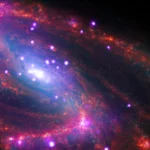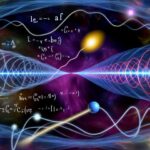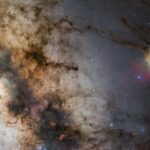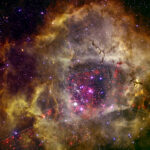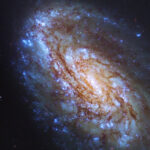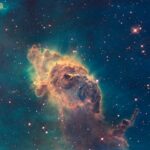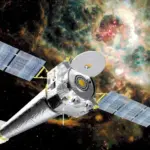NGC 2207 is a pair of colliding spiral galaxies. Their bright central nuclei resemble a striking set of eyes. In visible light (Hubble), trails of stars and gas trace out spiral arms, stretched by the tidal pull between the galaxies. When seen in infrared light (IR; Spitzer), the glow of warm dust appears. This dust is the raw material for the creation of new stars and planets. Complementary to the IR, the X-ray (Chandra) view reveals areas of active star formation and the birth of super star clusters. Though individual stars are too far apart to collide, the material between the stars merges to create high-density pockets of gas. These regions gravitationally collapse to trigger a firestorm of star birth. The galaxy collision will go on for several millions of years, leaving the galaxies completely altered in terms of their shapes.

Scientists have used Chandra to make a detailed study of an enormous cloud of hot gas enveloping two large, colliding galaxies in the system known as NGC 6240. This unusually large reservoir of gas contains as much mass as 10 billion Suns, spans about 300,000 light years, radiates at a temperature of more than 7 million degrees, and glows in X-rays (purple). The Chandra data have been combined with optical data from the Hubble, which show long tidal tails from the merging galaxies, extending to the right and bottom of the image.


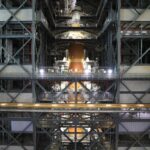







![Space Streams - Nebula [Ambient] image](https://space-streams.com/wp-content/uploads/2024/11/space-streams-nebula-150x150.png)
